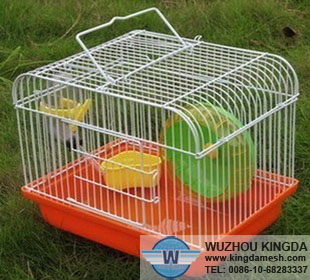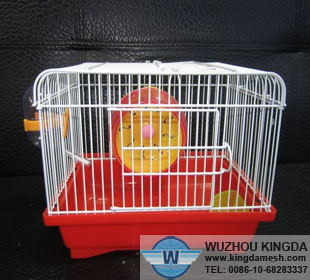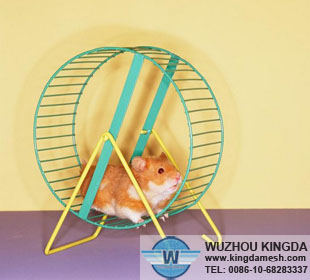Hamster Cage Instructions
Hamster Cage Instructions
For kids who are allergic to cats or dogs or who don't have space in their home for a large animal, hamsters make fantastic furry friends. These popular pets are low-maintenance and are generally friendly. That said, hamsters still need appropriate care, and parents should take time to educate themselves and their children about creating the right environment for these small rodents. Little ones younger than six years old should not handle a hamster without adult supervision.
Instructions
1 Choose and assemble your hamster cage. Options are available from pet stores or online, and may be made out of plastic, glass or wire. Regardless of the medium you select, make sure there's adequate ventilation for your hamster. Glass cages must be fitted with a lid that affords plenty of airflow, and plastic cages with full plastic siding should be avoided. The bars on a wire cage, while unattractive, allow hamsters a good opportunity for gnawing and climbing.
2 Line the bottom of the hamster cage with a non-toxic, absorbent bedding. The American Society for the Prevention of Cruelty to Animals (ASPCA) recommends timothy hay, shredded newspaper, pelleted bedding or aspen shavings, and advises against using pine or cedar chips.
3 Add the essentials to your hamster cage; including a food bowl, drip-resistant water bottle and a hamster wheel. Fill your hamster food bowl with two tablespoons of pre-assembled hamster mix on a nightly basis, and fill the drip-resistant water bottle with lukewarm water. Change your hamster's water daily, and make sure the bottle isn't dripping or leaking.
4 Appoint an appropriate spot for your hamster cage. Hamsters are temperature sensitive, and their cage should be placed in a draft-free location away from direct sunlight.
5 Place your hamster in the assembled and equipped cage. Syrian hamsters are solitary creatures and should remain the single occupants of a cage, but two Dwarf hamsters can share one cage.
6 Clean the cage once weekly. Dispose of all soiled bedding, wash the bottom of the cage with hot soapy water and replace with fresh bedding, fresh food and fresh water.




